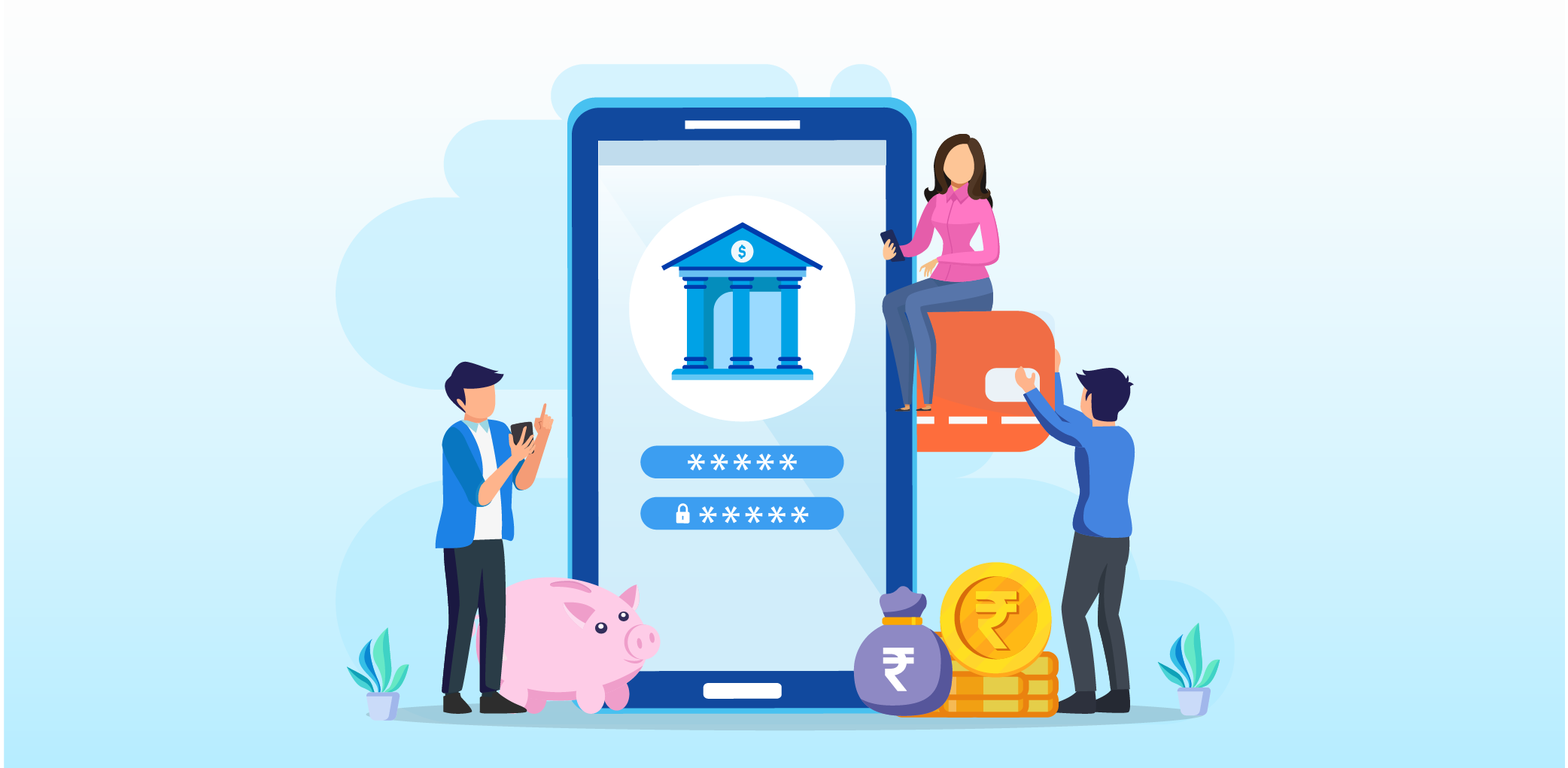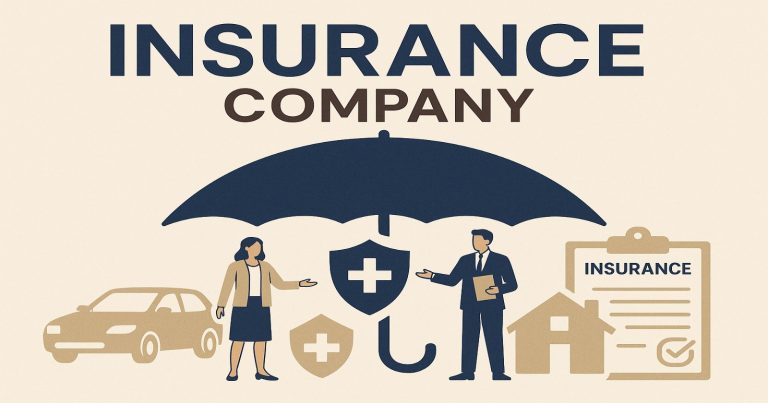In today’s world, obtaining a personal loan has never been easier. A few clicks online and within hours money could be in your pocket. While this magical potential may seem too good to be true, when partnered with educated awareness and planning, consumer loans can be an invaluable resource. But it’s the nature of obtaining them and how one deals with their lenders and their need for taking one out that does not come from a place of bad finances in the first place.
What They Are
Consumer loans (also called personal loans, unsecured loans) are exactly that; they are an unsecured means of borrowing money within a bank with no collateral (house, car). Unlike a mortgage which is backed by a home someone is willing to let go of if they can’t afford the payments on it, or an auto loan which is backed by a car, lenders are handing out money based on what they believe the payment borrower will become for them in the end, without anything but integrity as collateral. Therefore, when getting a consumer loan, lenders look at credit scores, income verification and the amount of debt a person already has (debt to income ratio) to determine whether they can handle a consumer loan and at what interest rate.
A consumer loan can range from 10,000 kr to 500,000 kr based on different lenders and personal qualifications. Personal loan payment periods vary from 1-7 years (fixed interest) while variable lenders will provide different ranges based on what the credit profile deserves. For example, typically those with credit scores over 700 can receive interest rates at 6-8% while those over 670 may be offered loans between 15-20%.
In addition, they are for varied purposes – debt consolidation, home improvement, emergency costs etc – therefore they are versatile in the personal financial realm if used appropriately.
When They’re Good for Financial Goals
Loans assist financing in many circumstances. First and foremost – debt consolidation – credit cards accrue an average of 20%-24% interest. If someone can get a consumer loan at 10-12% not only does it lessen how much interest they have to pay but also consolidates multiple payments into one payment under one roof with one lender. This is especially true if that consumer promises not to accumulate more credit card debt; it helps people avoid bankruptcies when their debt becomes too much.
There are costs that cannot wait. An urgent repair that results in critical consequences down the line; an unexpected medical expense; so important is that car for work that if it breaks down completely it can severely impact one’s way of living – all situations where a consumer loan might be needed. Therefore using one is better than putting off minor costs until they become disastrous.
In addition, any investment into one’s career – credential courses or advanced higher education degrees promise additional income. If the expected increase in salary realistically outweighs the borrowing cost for the short time frame needed (and accrued interest), this is an acceptable reason to borrow.
Finally, home improvements that increase property value or reduce utility costs or pest infestation/cozy problems that could worsen over time make a worthwhile reason for financial compensation via a consumer loan because there are tangible benefits down the line.
The Good Lender Makes All the Difference
A lender can make or break a consumer loan experience. Good lenders boast transparency; they market their competitors via their numbers instead of hidden fees and dishonest agreements – service and customer satisfaction ratings are appropriately scaled instead of convoluted legal jargon designed to maximize lender gains while minimizing borrower gains.
Good lenders want their borrowers to know what they’re getting into without glaring shame or relegation to too needy/unqualified. This means there’s dependable access to figuring out total loan costs, comparative loans among different lenders and helping determining what’s appropriate for personal budgets vs maxed out loans.
Established lenders lend responsibly – the borrower who has the means is not automatically approved if the lender doesn’t believe they can handle their loan with responsibility. This protects both parties; if someone defaults with no reasonable evidence from their paperwork then neither one wins. Reading trends globally helps understanding responsible lending vs irresponsible; forbrukslån norge notes good lending practices and bad lending practices which show that who you borrow from and why/when is important to your subsequent finances.
Finally, customer service matters. Whether you need help after receiving your loan or require assistance while you’re halfway through your repayment plans – flexibility matters. Patience and clarity goes a long way in making this potentially stressful situation easier to deal with.
The Financial Planning Surrounding Borrowing One
The best way to borrow is from a position of knowing all financial obligations before making any snap decisions. Before anyone gets their hands on any student loans it would be best if they had financial literacy beyond just their income but all current obligations and potential future expenses so they know how much they need/who much they can afford.
First of all – emergency funds should exist before consumer loans for emergencies regardless of consumer loans. There should be 3-6 months’ worth of expenses saved before anyone puts themselves into debt unnecessarily. This avoids emergencies becoming emergent catastrophes where someone feels they have no choice but to borrow right away (which sets them up for problematic borrowing down the line) when realistically, they could save enough money on their own without putting themselves into debt.
Debt to income ratios help. Experts suggest that debt should not equal more than 36% gross income monthly liabilities (with housing ideally under 28% so there’s cushion for savings/unexpected costs/lifestyle expenses). If numbers are too high it’s stressing debt – there’s no reason to stress your lifestyle by using all income on debt repayments, therefore it only makes sense that compromise allowances for possible lifestyle growth should be made if circumstances change.
Making a plan before applying for a loan ensures comfortable accommodations down the line. The borrower must be comfortable with payments not just at the start, but as time goes on as income fluctuates/expenses change.
The Benefits of Making Informed Decisions Regarding Borrowing
Shopping around various lenders often shows significant differences between what’s offered. Money is money; however nominal differences on the front end mean disproportionate totals over the life of a multiyear loan. Online resources help facilitate reality checks between interest rates compared to total maximum payments/anticipated totals.
However, knowing what’s included matters instead of merely focusing on monthly payment amounts – total interest amounts from start to finish matters; origination/setup costs or penalties if you pay off your loan early should factor into decision making as even small numbers believed positive could turn sour down the line.
Before anyone signs on the dotted line it’s important to read fine print so they’re not blindsided by something they thought was acceptable because someone told them so or quoted them initially. The legal document governs everything – not what might have been passed off as casual conversation.
Borrow Strategically
Borrow strategically when it makes sense in terms of goals – and not necessarily wants. There are expenses that make sense to borrow from; there are others merely facilitating access – which should only happen where meaningful plans can foster better financial wellness.
Timing matters too – when interest is low, credit scores and income potentials are favorable and stability exists – it’s better to take advantage of these factors than wait until you’re scrambling later because you didn’t find time earlier for immediate access.
Once loans are paid off it’s never okay to assume it will be okay to get into further debt – and they incurred this debt for a reason – however if payments are made on time this will increase credit scores giving access down the road for favorable interest rates.
A Sound Financial Home
Consumer loans work best as part of already established homes than operating sound loans solely on their own merit. If you have an emergency fund built up if you have decent credit scores kept minimal if you live within your means/outside your debt then consumer loans are solutions because exorbitant expenses haven’t become daily debts while life happens anyway.
When loans become necessary it’s critical to obtain the right loans among best lenders where interest paid seems fair affords loyalty through easy accommodated leniency down the line if plans can successfully run from there forward as long as buyer caution dominates any buyer/lender worked details.
Financial literacy makes all the difference – the how interest works over time, how accrued totals pan out compared to how individuals plotted their financial goals – and how borrowing fits among all other expenses dictates decision making aligned with fiscal success.
The Importance of Professional Guidance
Getting an outsider, objective perspective on life’s biggest decisions can only help; a financial advisor can step back and assess whether it makes sense before championing comparisons among different options that do make sense if big picture considerations raise valid points about other finances.
Credit counseling agencies become support when debtors believe their amounts have reached overwhelming amounts; this helps make repayment plans or negotiate with other lenders but proactive interactions need to occur before it becomes critical. Avoid unpleasant negatives before they snowball into unmanageable situations.
Loans as Financial Tools
Consumer loans serve tremendous purpose when approached wholesomely – they help manage emergent situations that require cash influx quicker than waiting, they consolidate debts that are exorbitantly expensive through worthwhile means, they allow personal or professional investments that justify borrowing for growth rather than responding poorly.
Life loans help those who don’t rely upon clear evaluations ahead, educational components throughout and disciplined lending practices until they’re finished – with clear black-and-white distinctions without question.


